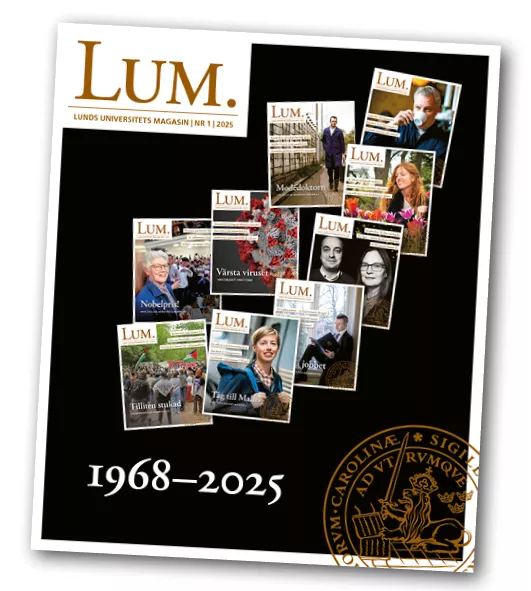The recent report shows that, in 2018, the University emitted a total of 54 400 tonnes of carbon dioxide equivalents (a measure of greenhouse gas emissions that takes into account the varying climate impact of different gases). For comparison, that corresponds to over 32 200 return flights between Copenhagen and New York. Two years ago, in 2020, the emissions amounted to 41 100 tonnes of carbon dioxide equivalents. There are no figures for 2021. The target in the current sustainability plan is to halve the 2018 figure by next year.
‟One conclusion is that more work is needed to reduce emissions from the purchase of research equipment and goods. This report confirms how important it is to work with purchasing and procurement”, says the University’s environmental manager Claes Nilén.
Shows the full climate footprint
He points out equipment and goods because they account for the single highest emissions item in a report by the consultancy firm Sweco. In addition, they have hardly changed between 2018 and 2020. The report, known as an environmental spend analysis, is based on financial data and takes account of everything the University pays for. These costs are then linked to the key figures from Statistics Sweden for various sectors, to calculate the number of carbon dioxide equivalents.
Sweco divided the University’s total costs into five categories: travel and transport, goods and equipment, premises, staff and miscellaneous and, finally, educational services, research assignments and consultancy services. In both 2018 and 2020, the three first categories accounted for around 80 per cent of the University’s total climate footprint.
Pros and cons
The University produced reports in earlier years as well, but they only took account of business travel in terms of the climate footprint. The environmental spend analysis shows that in 2018, before the start of the pandemic, travel and transport accounted for a quarter of the University’s total emissions. Climate impacting emissions from all other activities have been a blank space until now.
‟The major advantage of an environmental spend analysis is that we get a comprehensive picture. The disadvantage is that the picture is coarse and general”, says environmental coordinator Marianne Dalbro.
The category of staff and miscellaneous includes costs for catering and entertainment, among other things. The analysis shows how much money has been spent on this, but not what was purchased. Thus the environmental spend analysis does not show whether the University paid for meat dishes or vegetarian options.
Similar results at other universities
Uppsala University and Umeå University conducted an equivalent type of analysis in recent years. According to Claes Nilén, their results were similar to Lund’s and the same categories proved to be the major environmental culprits.
‟The picture is almost identical to ours when you look at their total climate footprint per employee, student or Swedish crown spent”, he says.
The environmental spend analysis will form the basis for a review of the University’s sustainability plan, which is due this year. The overview will include an examination of whether the target of halving the 2018 emissions of greenhouse gases as early as next year needs to be changed. Alongside this, the need for premises and how they are to be used will be reviewed. New regulations on business travel may also be considered.




